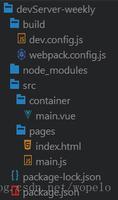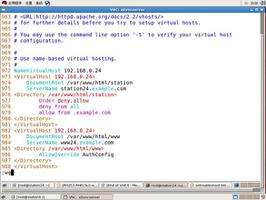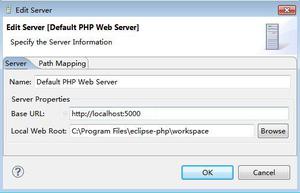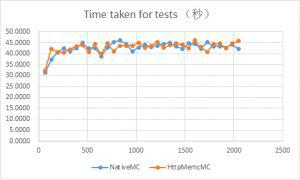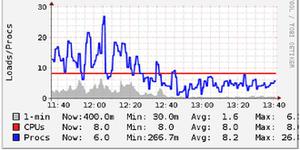详解webpack 多入口配置
同事套搭建vue项目,个人推荐了VUE官网的vue-cil的方式,http://cn.vuejs.org/guide/application.html
顺着官网的操作,我们可以本地测试起我们的项目 npm run dev,首先我们要理解webpack打包主要是针对js,查看下面生成的配置,首页是index.html,模版用的index.html,入口文件用的mian.js
//file build/webpack.base.conf.js
//entry 配置
module.exports = {
entry: {
app: './src/main.js'
},
//....
//file build/webpack.dev.conf.js
//html配置
new HtmlWebpackPlugin({
filename: 'index.html',
template: 'index.html',
inject: true
})
1.上面的目录没办法满足我们多入口的要求,我们希望的是html放在一个views文件夹下面,相关业务应用的vue放在一起,对就是这个样子的
我们先简单的改动下我们的配置,来适应这个项目结构,再寻找其中的规律,来完成自动配置(index.html)
//file build/webpack.base.conf.js
//entry 配置
module.exports = {
entry: {
'index': './src/view/index/index.js',
'login': './src/view/login/login.js',
},
//....
//file build/webpack.dev.conf.js
//html配置,index我们保留了根目录访问路径
new HtmlWebpackPlugin({
filename: 'index.html',
template: './src/view/index/index.html',
inject: true,
chunks: ['index']
}),
new HtmlWebpackPlugin({
filename: 'login/login.html', //http访问路径
template: './src/view/login/login.html', //实际文件路径
inject: true,
chunks: ['login']
})
2.规律出来了,我们只要按照这样的js和html的对应关系,就可以通过查找文件,来进行同一配置
var glob = require('glob')
function getEntry(globPath, pathDir) {
var files = glob.sync(globPath);
var entries = {},
entry, dirname, basename, pathname, extname;
for (var i = 0; i < files.length; i++) {
entry = files[i];
dirname = path.dirname(entry);
extname = path.extname(entry);
basename = path.basename(entry, extname);
pathname = path.join(dirname, basename);
pathname = pathDir ? pathname.replace(pathDir, '') : pathname;
console.log(2, pathname, entry);
entries[pathname] = './' + entry;
}
return entries;
}
//我们的key不是简单用的上一个代码的index,login而是用的index/index,login/login因为考虑在login目录下面还有register
//文件路径的\\和/跟操作系统也有关系,需要注意
var htmls = getEntry('./src/view/**/*.html', 'src\\view\\');
var entries = {};
var HtmlPlugin = [];
for (var key in htmls) {
entries[key] = htmls[key].replace('.html', '.js')
HtmlPlugin.push(new HtmlWebpackPlugin({
filename: (key == 'index\\index' ? 'index.html' : key + '.html'),
template: htmls[key],
inject: true,
chunks: [key]
}))
}
3.多入口配置就完成了,当然下面其实还有公共js提取的相关配置,如果项目里面用到了异步加载,即require.ensure,放在单独目录,进行匹配,按照上面的逻辑进行推理吧
以上是 详解webpack 多入口配置 的全部内容, 来源链接: utcz.com/z/337019.html



